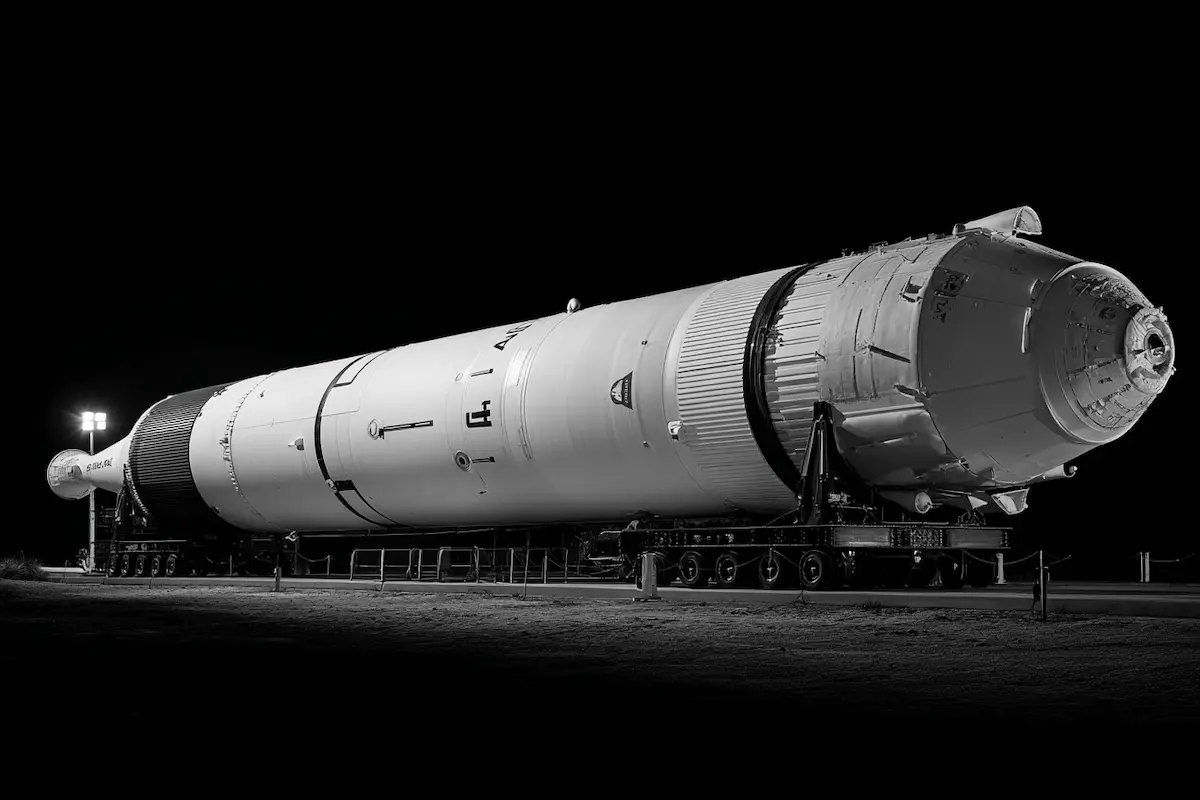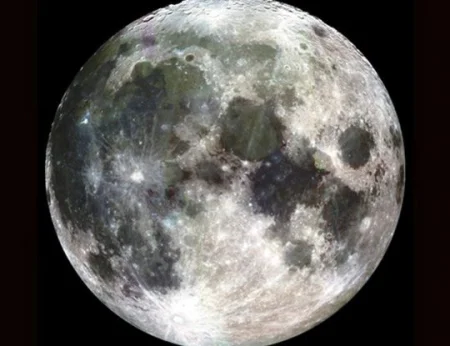Why NASA Is Going Back to the Moon — What It Means for Humanity
In 1972, a human last walked on the Moon. Since then, space exploration has evolved in many directions — but the Moon remained untouched. Now, after more than 50 years, NASA is preparing to return with the Artemis III mission, scheduled for 2025.

Photo: AI-generated visual created for ZenoFusion
Why Return Now?
Today, the space race is not about beating rivals — it's about building the future. NASA's goal is no longer just to visit the Moon, but to stay. Artemis III is the first step in creating a long-term presence on the lunar surface, with the goal of eventually reaching Mars.
Artemis III — A Historic Mission
This will be the first mission to land humans on the Moon since Apollo 17. Even more historic — it will include the first woman and the first person of color to walk on the lunar surface. It’s a powerful message that space belongs to all of us.
Why Does It Matter for Humanity?
- Hope and inspiration: The return to the Moon reminds us of what’s possible when humanity works together.
- Technological innovation: Advancements made for space — in energy, AI, robotics, and medicine — benefit life on Earth.
- Gateway to Mars: The Moon will serve as a testing ground for future human missions to Mars and beyond.
Conclusion
NASA's return to the Moon isn't just a scientific milestone — it's a symbol of our shared curiosity and drive. In 2025, Artemis III will remind the world that exploration is in our DNA, and that reaching for the stars still unites us all.
📚 Sources:
- NASA Artemis Program Overview:
NASA’s official site covering all Artemis missions.
🔗 nasa.gov/specials/artemis - NASA Artemis III Mission Page:
Detailed mission page for Artemis III.
🔗 nasa.gov/feature/artemis-iii - ESA – Lunar Gateway Project:
Europe’s involvement in NASA's long-term lunar goals.
🔗 esa.int – Gateway
✍ Author: Tornike (Content Strategist, ZenoFusion) May 8, 2025
✍ Article Author
- Registered: 27 April 2025, 10:30
- Location: Georgia




 Tornike
Tornike
